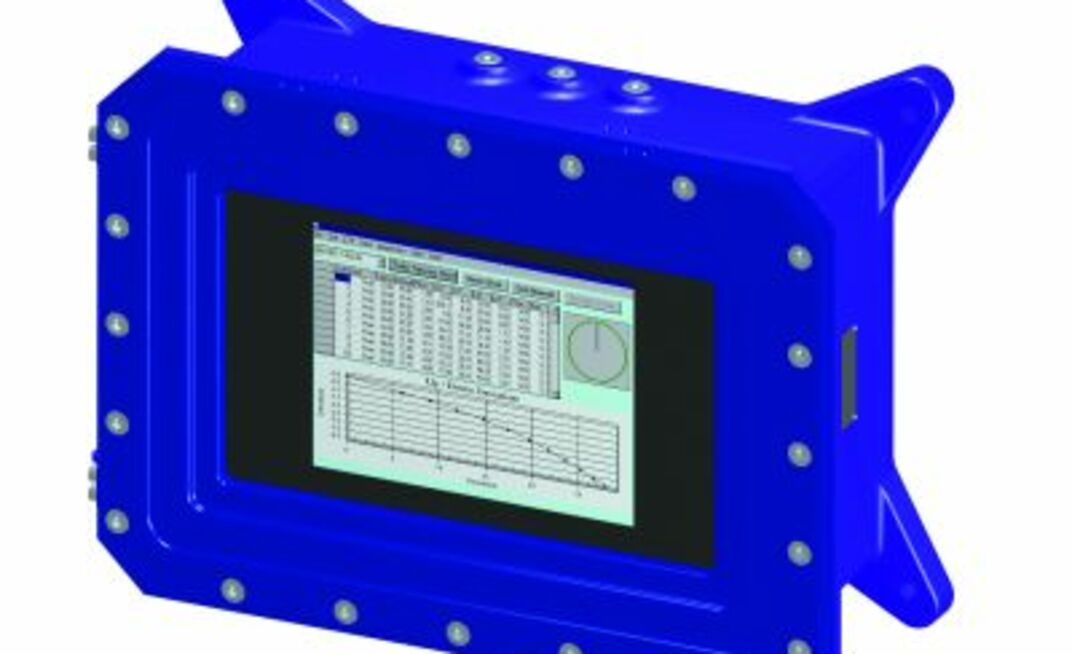Published in the May 2005 American Longwall Magazine
Since the release of the DGS late last year, AMT has delivered six units to Australian customers and one to North America. The US customer upgraded to the new DGS in the non-IS configuration to expand its operations from underground to include surface to seam capabilities.
Like its predecessor - the Directional Drill Monitor (DDM MECCA) - the DGS has an intrinsically safe (IS) electronic package permanently located in the drill rods immediately behind the down-hole motor.
The DGS measures the magnetic direction or azimuth, inclination, and rotation upon operator request. This data is transmitted through the drill rods via AMT’s proprietary MECCA transmission system. The operator’s console or up-hole computer calculates the position of the survey tool and provides the operator with relative positional data to enable the accurate steering of the borehole.
The survey data is displayed on the DGS up-hole computer in color graphical as well as numerical format including up/down deviation, left/right deviation, down track and real-time tool face.
New features on the DGS include real-time battery management, data transmission signal analysis, real-time tool face, and a two-way hand held wireless data disk for transfer of hole data files to and from the surface. In addition, the DGS is designed for the interface of the optional AMT Focused Gamma Sensor for roof and floor detection, as well as other geophysical sensors and drill rig monitoring packages as they become available.
The new DGS is available in both IS version for use in underground coal mines and in non-IS format for surface to seam or horizontal directional drilling operations.
Degassing of coal seams ahead of development contributes to a safer underground working environment, as well as producing gas for power generation.
























